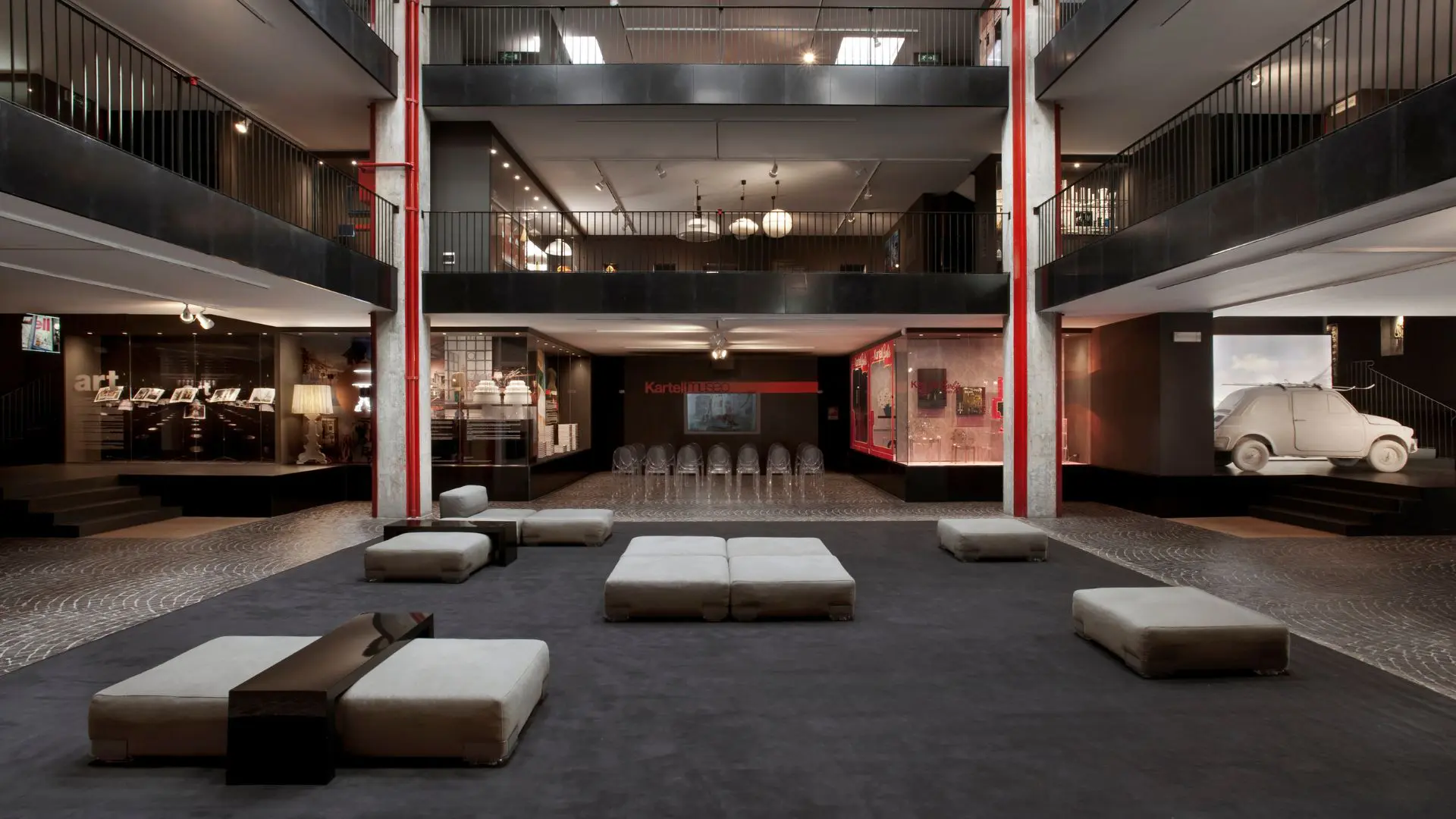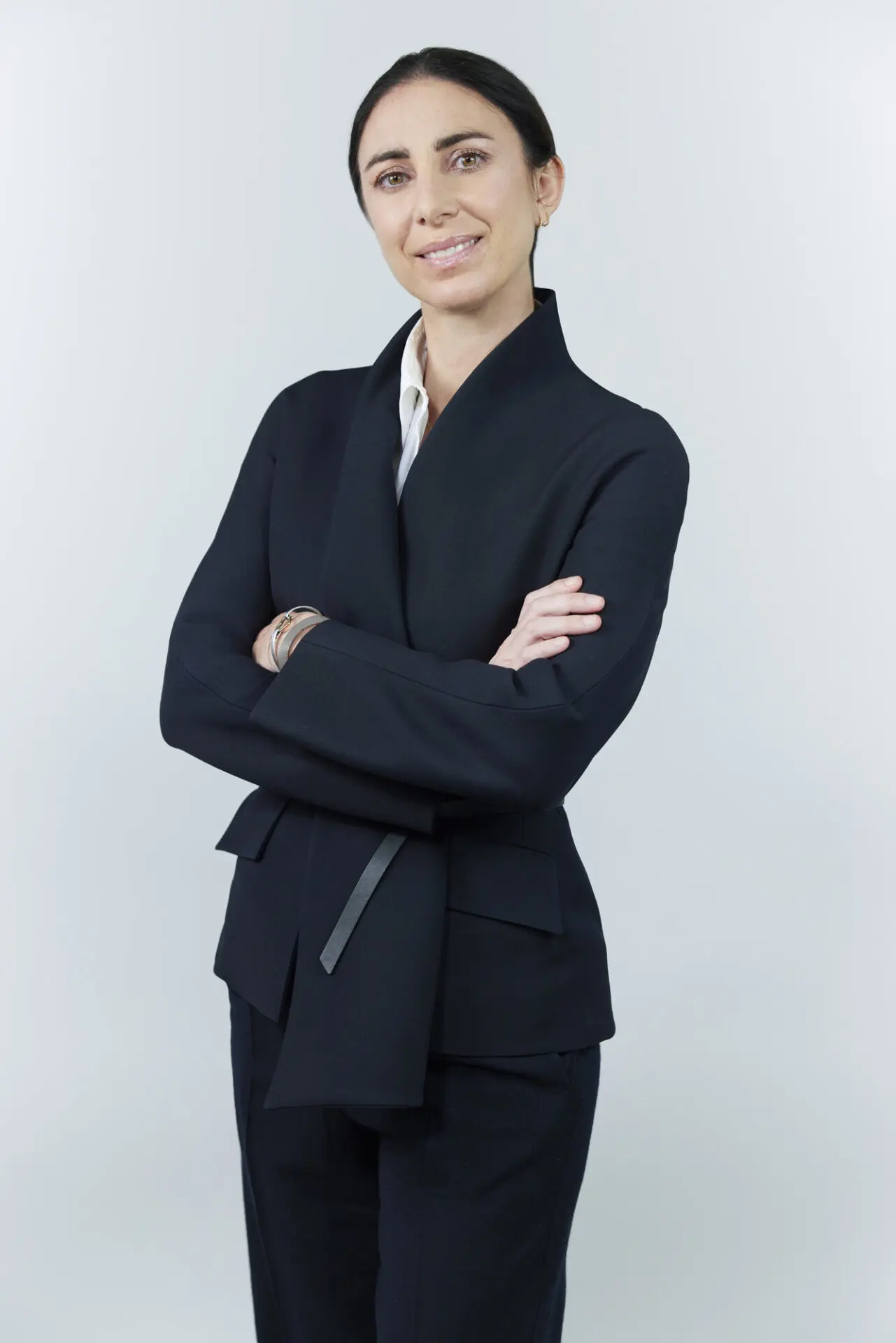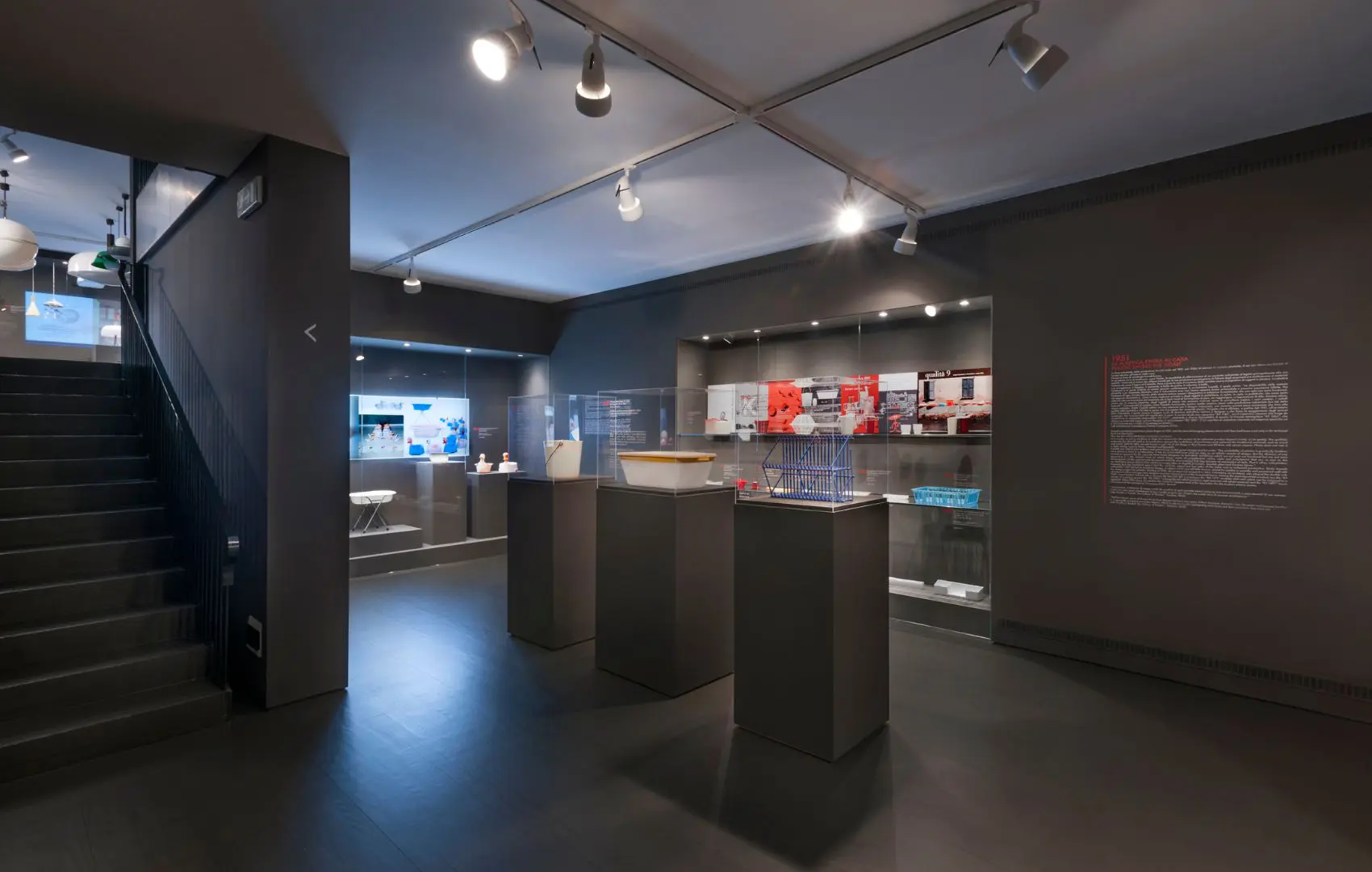Lorenza Luti: “For Kartell, innovation is the driving force behind its creativity and success”
In an introspective interview of the Kartell Museum, Lorenza Luti dives into the bond between the company and the environment, which has always been part of the history of the brand

Located in Milan, the capital of design, the Kartell Museo embodies true Made in Italy historical designs, revolutionary innovations, and avant-garde products that have been recognized and awarded internationally.
With an ever-growing collection made up of over 8,000 objects, 5,000 drawings and 15,000 photographs, Kartell Museo showcases a precise picture of the evolution of Kartell’s history and its production.
Representing an important cultural sector, Kartell Museo was part of MuseoCity earlier this year, inviting people to explore the history of the company, as well as its future heritage: innovative industrial processes, premium design and a commitment to circularity and sustainability when producing unparalleled plastic furniture.
[ Read also Your guide to the best design museums in Milan and around ]
DesignWanted had the opportunity to interview Lorenza Luti, Marketing and Retail Director at Kartell who introduced us to the world of Kartell Museo, by revealing the many processes behind each unique piece of furniture, the thought process that allows every design piece to come to life, and the commitment that the brand has with both the environment and the consumer well-being.

1) Kartell, among others, is synonymous with innovations Made in Italy. What makes it a company so devoted to innovation? What vision drives the brand and how does it translate into practical terms?
Lorenza Luti:
“For Kartell, innovation is the driving force behind its creativity and success. The company works to create projects that technology had never allowed before. It is thanks to the use of innovative materials, also borrowed from other sectors, and unique molding techniques that we can allow ourselves the creation of products that are incomparable in terms of size and shape.
There have been many product and process innovations, some of which are revolutionary, in the history of the brand, and Kartell has shown that it knows how to evolve, anticipating changes in taste and needs of the market and avant-garde international customers.
Kartell is a creative laboratory of ideas that allows working in parallel on design solutions that combine innovation and industrial production.

Certainly, to create materials that are not only sustainable but also revolutionary, there are many years of research on processes and on the product itself. Not only are studies made on a specific material but also on its mold, which must be adapted to each material that has different technical and structural characteristics from the traditional plastic material.
From high-quality plastic, we have already switched to using a recycled high-quality plastic material that comes from pure and uncontaminated industrial waste also coming from sectors not necessarily related to design, generating a virtuous circular economy process.
Besides this, we work to create products with many other sustainable materials like wood, recycled, bio or polycarbonate 2.0, which will become aesthetically beautiful design products that are well made, designed by the best designers in the world, and produced with the most innovative industrial techniques.”

2) The recent challenges related to pollution and the demand for sustainable products have placed the issues caused by plastic at the center. Considering that true sustainability requires a systemic approach along the entire production chain, what are the answers and solutions implemented by Kartell?
Lorenza Luti:
“The “Kartell loves the Planet” Manifesto tells the story of the bond between the company and the environment, which has always been part of the history of our brand. Recycled materials, wood, green polycarbonate: Kartell’s commitment is not in a single product, but through the company history in which research and technological development are at the service of quality, design, and at the same time, attention to well-being of the consumer and the environment.
The entire production chain process demonstrates Kartell’s commitment to protecting the environment and complying with sustainability protocols. The industrial strategy involves the entire production process, from the economic plan to marketing, and from communication actions to the sales network.
Furthermore, Kartell’s commitment to implementing and improving the environmental management system is guaranteed by compliance with international certification protocols.”

3) What is the role of a corporate museum like Kartell Museo? Who are the actors to whom it is addressed and for what purposes?
Lorenza Luti:
“The Kartell Museo is a bridge between the company with its rich system of values, and the world of culture, as it promotes Italian design by displaying the history and present of Kartell, a company that has collaborated with more than one hundred international designers.
Walking through the museum rooms, visitors will discover the history of Kartell design as well as the history of Italian design. Beyond this, the exhibition presents the evolution of the science of polymeric materials, the technologies applied to the production of products, and the socio-cultural history of our country.
Aligned to its purpose, the Kartell Museum works in collaboration with Italian and international institutions and bodies, among which there are museums, research institutes and universities, with which we create exhibitions and projects dedicated to the enhancement of its collections and the values that they convey.
The Kartell Museum was also one of the founders of the Museimpresa Association and the Plastic Heritage European Association and works in close contact with all the entities devoted to the world of design and culture.”
[ Read also “Communicating heritage with an eye to the future” – discovering MUMAC with Barbara Foglia ]





